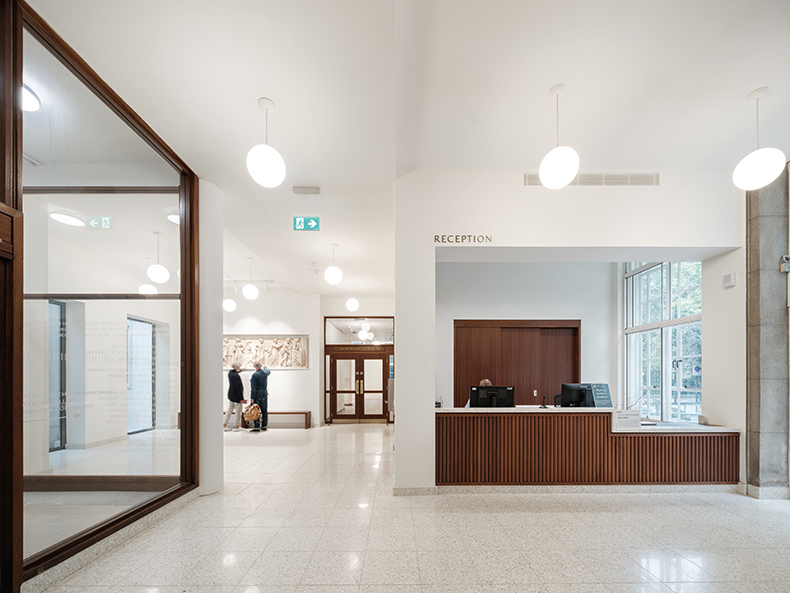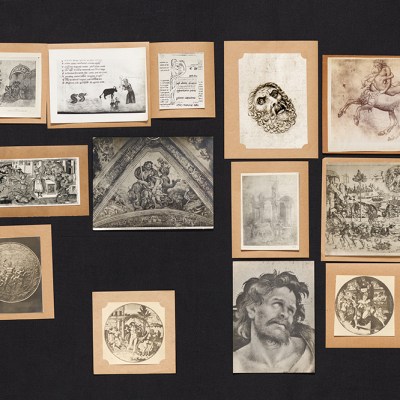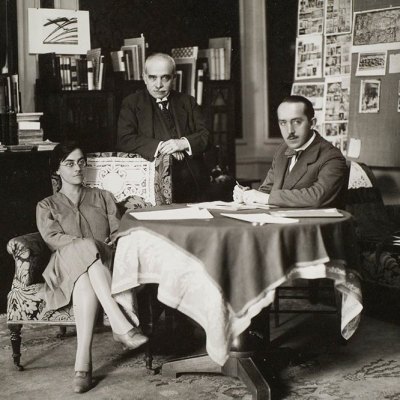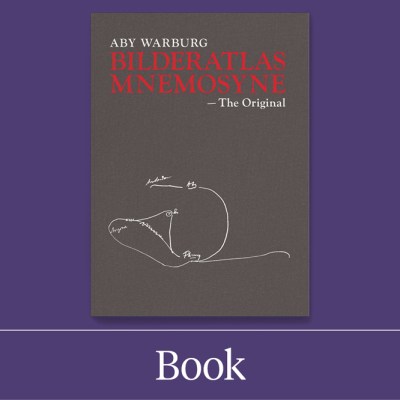From the October 2024 issue of Apollo. Preview and subscribe here.
The photographic collection of the Warburg Institute in London, where I had my first summer job in the 1980s, was then a little principality of its own. Situated on the ‘piano nobile’ of the institute’s 1950s building, illuminated by full-length windows filled with the foliage of Woburn Square in Bloomsbury, it was the domain of three remarkable women: Ruth Rubinstein, with her beautiful long white hair, Jennifer Montagu, with her dry humour and pungent cigars, and Elizabeth McGrath, with her sprightly mind and step – I think of them as akin to the great female trios of Greek and Norse mythologies. The crammed cabinets were arranged in categories from ‘Antiquities’ to ‘Unidentified Iconographies’, opening up the whole world of ancient, medieval and Renaissance visual culture. There, in thousands of reproductions, through posture, gesture, expression or billowing draperies, one could trace the thrilling afterlife of antiquity.
My task, before I became a student on the Warburg’s new Combined Historical Studies MPhil course, was to ‘digitise’ the ‘Census of Antique Art and Architecture known to the Renaissance’ – a pioneering project instigated by Fritz Saxl (1890–1948), the Warburg’s first director. ‘Digitisation’ involved transferring handwritten cards to a word processing system. My handwriting is now part of the institute’s ‘handwriting’ archive, designed to allow students and scholars to recognise the hand of everyone who worked there, including the great Berlin-born art historians Rudolf Wittkower and Edgar Wind (who in the 1930s designed together the unique classification system of the photographic collection).
The Warburg Institute I remember from my student days was a place of mystery – the eccentric cousin of the more worldly Courtauld Institute. Ernst Gombrich, author of The Story of Art (1950) and Art and Illusion (1960), was still lecturing, enunciating his expansive thoughts in a thick Austrian accent; Frances Yates (The Art of Memory, 1966) was pottering around the recesses of the library, looking into the occult; and Michael Baxandall (Painting and Experience in Fifteenth-Century Italy, 1972, and The Limewood Sculptors of Renaissance Germany, 1980), who was my personal tutor, was lamenting the melancholic green of the walls, while discoursing on ‘dance’ and ‘decorum’. All eight of us students joining the institute, then under the directorship of Joe Trapp, were destined to be reborn as Renaissance men and women – immersed in Renaissance Latin and Italian, rhetoric, art (Titian under Charles Hope, Dürer under Jean Michel Massing), science, literature, iconography, citizenship, mysticism and magic, before a year devoted to our own theses.
While the Warburg Institute cherishes memory, it is also a place of modernity and metamorphosis. It has just undergone a transformation, a £14.5m project which has introduced impressive new spaces, including a double-height area for temporary exhibitions and a state-of-the-art auditorium with a concert acoustic. Haworth Tompkins, the architects, together with director Bill Sherman, have played to the strengths of the mid-century building, with its large metal-framed windows and wood, terrazzo and linoleum finishes, while assiduously and imaginatively bringing the institute full circle through references to the original Hamburg Kulturwissenschaftliche Bibliothek founded by Aby Warburg. The auditorium features a large concrete ellipse on the ceiling echoing the shape of the Hamburg Reading Room (whose symbolic form was one of Aby’s obsessions). Albert Einstein’s manuscript explanation of the ellipse for Aby is among the treasures of the Warburg archive that will be accessible in the new Wohl Reading Room, created in what was the central courtyard area.
The reception area of the Warburg Institute, London, featuring the frieze of the nine museum. Photo: Fred Haworth

The eldest son of a powerful banking family, Aby opened a purpose-built library to house his collection of rare books and images in 1926, then with Fritz Saxl turned it into a fully fledged research institute. In 1933, following Aby’s death and against a background of Nazi book-burnings, the entire collection went to England by steamboat, on loan to the people of Britain. In London it was housed on Millbank and from 1937 in South Kensington, as part of the University of London. The library’s books are arranged on open shelves according to the adjacency of subjects (such as Mars and Venus, or Necromancy and Divinity). Warburg termed it ‘good neighbourliness’. It is a remarkable principle, founded on often unexpected associations – the paths taken by the mind – rather than chronology or geography. The philosopher Ernst Cassirer warned of its Hamburg incarnation: ‘This library is dangerous. I shall either have to avoid it altogether or imprison myself here for years.’
The Bloomsbury building was completed in 1958, to a design by Charles Holden, in a space vacated by a row of bombed out and bulldozed houses. A neoclassical frieze of the nine muses (copied from a second-century Roman sarcophagus in the Louvre) was salvaged from No. 1 Gordon Square, its survival a reminder of the purpose of the new ‘Warburgian history’, as defined by Frances Yates: to be ‘pan-European’, in opposition to the nationalism that had provoked two world wars, and to embrace ‘the history of culture as a whole – the history of thought, science, art, including the history of imagery and symbolism’. The newly restored frieze now has pride of place in the airy reconfigured foyer, viewable from both the auditorium and the courtyard rooms below.
The primacy of the muses is amplified by a plaque with the word ‘Mnemosyne’, which sits above a doorway that leads from the foyer, via the new exhibition spaces, to the library. The name of the goddess who was mother of the muses and patron of memory, it alludes to Aby’s unfinished book project, the Bilderatlas Mnemosyne, in which he set out to map cultural memory in visual form. His working materials for the atlas, recently reconstructed for an exhibition held jointly with the Haus der Kulturen der Welt in Berlin, are among the institute’s special collections treasures. These have recently been joined by a permanent exhibit, Edmund de Waal’s Library of Exile (2019), donated by the artist: a book- and porcelain-lined pavilion devoted to displaced authors and lost libraries, it sits by the main library entrance.
The photographic collection has been transferred to the refurbished basement, overlooking the deep moat that surrounds the institute. Its lines of cabinets give way to a few desks beneath the windows, where one can still study the images in daylight. Next door is the Wohl Reading Room with its rich collections, including Gombrich and Yates’s working papers, and a new archive store (once our Christmas party space). These basement rooms open out on to a pleasant terrace, where Jennifer Montagu, I am assured, can still smoke her cigars. Whatever the many glories of the Warburg, from its library and collections to its dramatic new auditorium, the scholars and their scholarship remain the most remarkable treasures of all.
From the October 2024 issue of Apollo. Preview and subscribe here.


